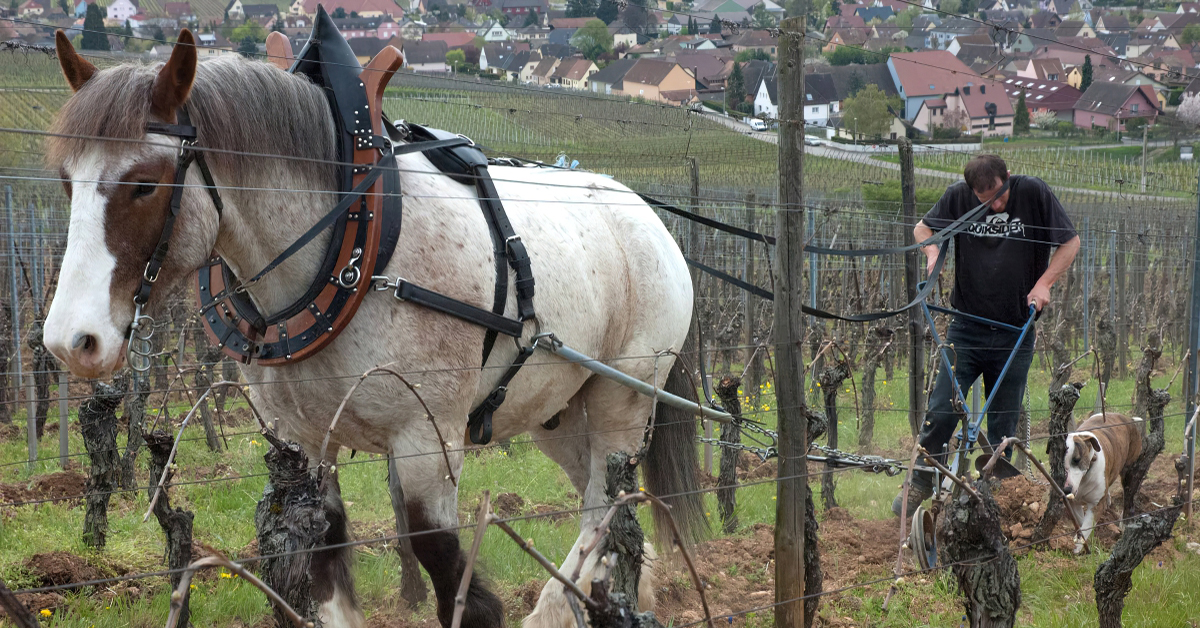
Domaine Saint Amant
Camille Wallut in her vines Camille Wallut is an architect by training, and a second-generation vigneronne, who returned to take the reins of one of the most extraordinary estates in the southern Côtes-du-Rhône when her father retired in 1997. Her 13 hectares of vines are planted at an average altitude of 500 meters, in the shale and limestone foothills of the Dentelles de Montmirail above the village of Suzette. Some of the Grenache was planted more than eighty years ago. Included is a parcel lying on a Mistral-swept terrace at 620 meters, which is the highest vineyard in all the Côtes-du-Rhône. Because of the altitude, the temperature is much cooler at night than in the valley, so the grapes retain acidity, ripen more evenly, and form more complex aromas. A second benefit is that organic viticulture is much easier than down in the valley, because common valley vine diseases like mildew and grey rot, which often require aggressive chemical treatment, are rarely found at such









